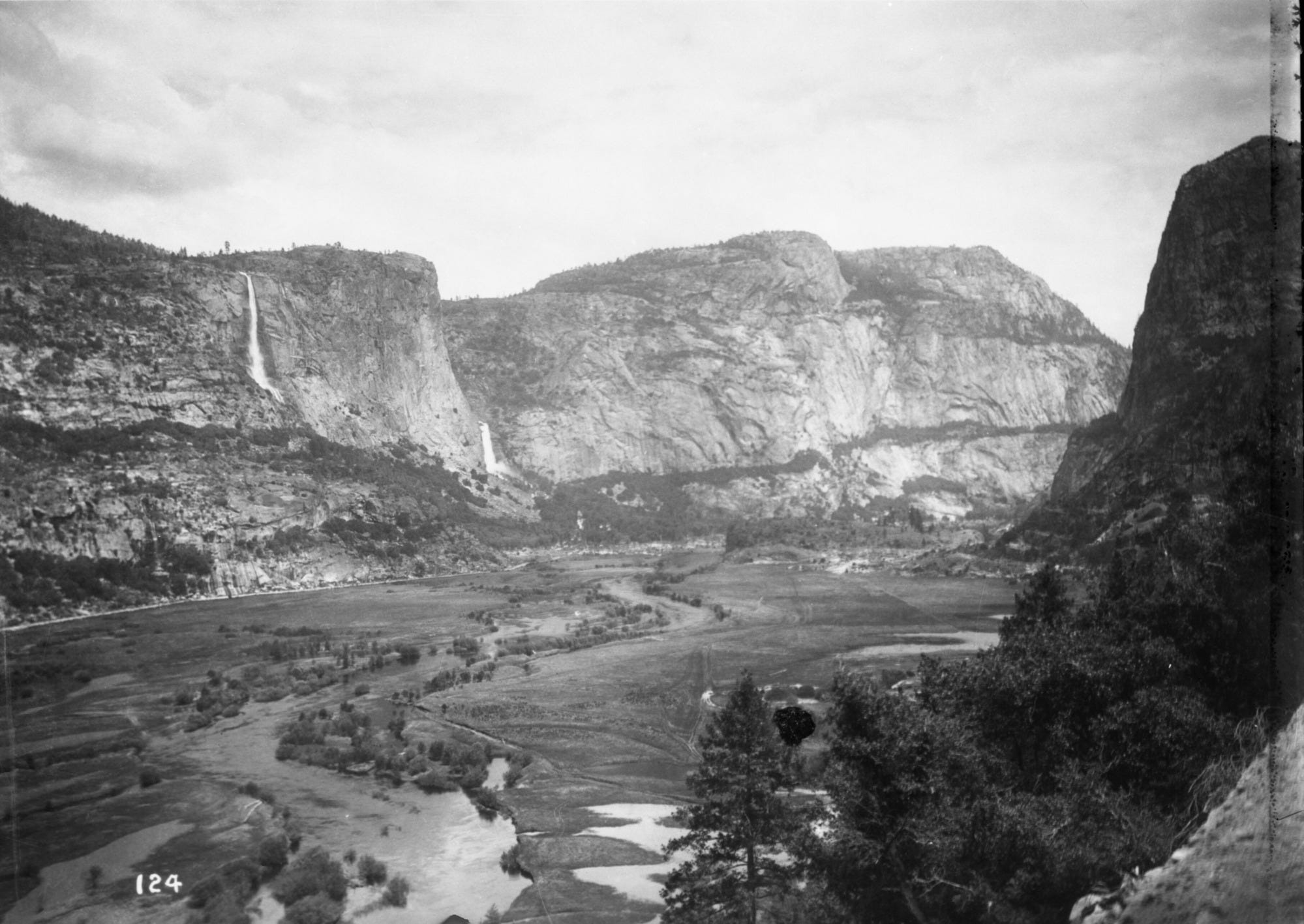When Even A National Park Didn't Provide Protection: The Tragedy Of And Lessons From Hetch Hetchy
Once considered a rival to Yosemite Valley itself, Hetch Hetchy is now under 300 feet of water.
In the quiet northern reaches of Yosemite National Park lies a wound we’ve never fully healed from—a twin to the famous Yosemite Valley, once filled with waterfalls, meadows, and birdsong. Today, it lies drowned beneath 300 feet of water.
Hetch Hetchy, as it’s called, was once one of the most breathtaking natural cathedrals in the Sierra Nevada. To legendary naturalist John Muir, it was a place “as beautiful as Yosemite,” an untouched wonder shaped by glaciers and time.
And yet, despite its sacredness and location within a national park, it was dammed and flooded to create a reservoir for San Francisco in the early 20th century. That loss wasn’t just ecological or aesthetic—it was philosophical.
Hetch Hetchy was the first major battle over what our public lands, particularly national parks, are for. And we lost.
The story of Hetch Hetchy isn’t just history. It’s prophecy.
Because today, over a century later, the same logic that drowned Hetch Hetchy is once again threatening America’s public lands: the belief that the “greater good” justifies sacrificing our natural heritage—that convenience, consumption, and economic expedience are more important than wildness, beauty, or legacy.

A Park in Name, Not Protection
Let’s be clear: Hetch Hetchy was inside Yosemite National Park when it was dammed.
The idea that a city could waltz into a federally protected landscape and flood it sounds unthinkable today—or at least, it should.
Keep reading with a 7-day free trial
Subscribe to The National Parks Experience to keep reading this post and get 7 days of free access to the full post archives.




